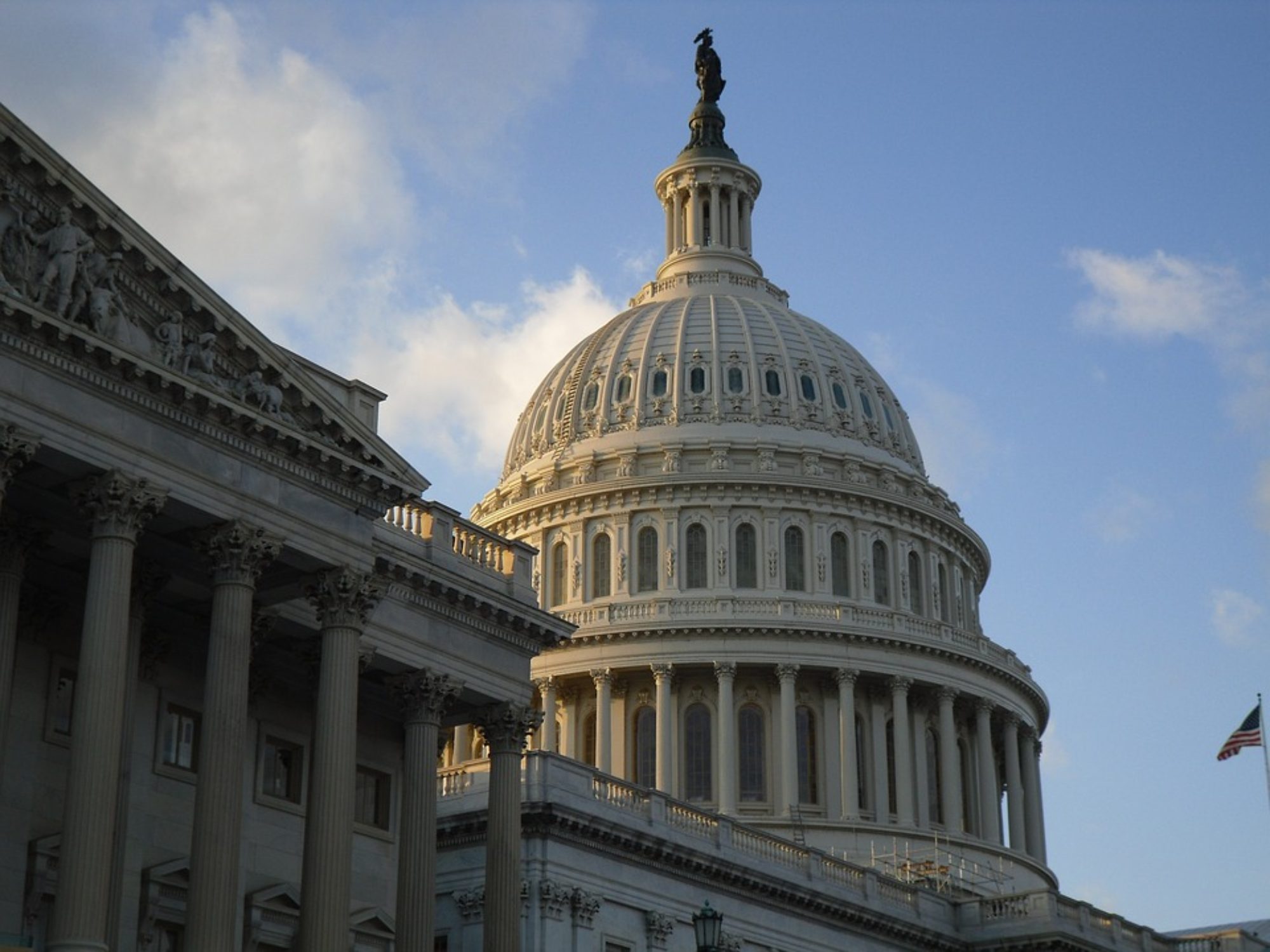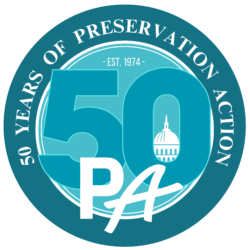Making your Case with Handouts
Handouts, leave-behinds, and one-pagers help you paint a picture of the impact federal policy makes at the local level, an impact that is critical to illustrate during advocacy at the state and federal level. When you meet with a representative you will relatively little time to make your case and need to focus on specific points and asks during that time, so consider assembling a briefing book as a critical complement to your visit that your representative and their staff can reference when needed.
1
Include One-Pagers
When possible you should use the one-pagers prepared by Preservation Action for use on Lobby Day. These one-pagers will contain the most up-to-date information about the policies you’ll be discussing, and serve as introductions to your state-specific cases. While you may not receive official one-pagers until about a month before Advocacy Week, but you should not wait to prepare information about primary programs.
2
Include State Breakdowns
How much tax credit activity occurred in your state last year? How many National Register properties were recognized? How many properties were identified during Section 106 review and how many of those were determined eligible for the National Register? Broad quantitative data helps set the stage for individual case studies that are meaningful within the bigger picture. For help with obtaining this information, contact your State Historic Preservation Office.
3
Show them the Money
Many Congressmen and their staffs appreciate explanations of projects that include an overview of the project’s funding sources. Materials produced by the National Park Service will help you quantify just how much private investment is leveraged nationwide through the tax credit program, but what’s interesting to your representative is how local money and other programs, combined with the credit, helped a project they can easily recognize is important.
Your funding source matrix need not be long and complicated. A list of sources and the dollar amount is fine, along with a photograph or rendering. If possible, print the funding sources on the back of a full-page image.
4
Newsworthy Selections
Did a project supported by federal funding programs or regulations get good press? By all means then, include it! Use press pieces to complement other information about a project helped by a federal program. You may want to choose your cases based on the press received to build a more complete case for a few projects. Don’t include a clippings file for all preservation activity statewide over the past year. Ideally, choose clippings with photos, especially photos with people in them.
5
Look Professional
Desktop publishing programs make it relatively easy to produce good-looking casebooks. Binders will allow you to insert information you receive at the last minute. Half-inch binders are a good size; those with a clear outer sleeve can help you inexpensively professionalize your book. Casebooks are not unlike marketing materials – they should be treated as such.
6
Contacts
Briefing books, and your Hill visits, are a good way to begin a relationship with your elected officials. Like in any relationship, it’s two-way. Be sure to include basic information about how to reach you and your statewide and local preservation groups, especially if their work is highlighted in the projects you’ve included in your materials.

